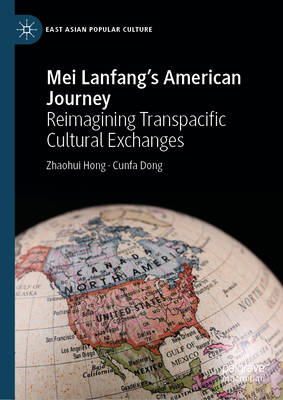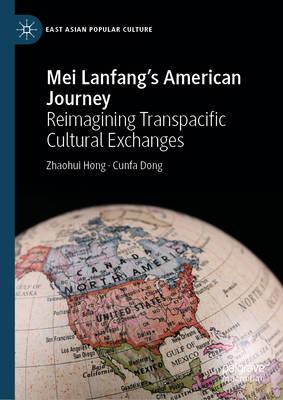
- Afhalen na 1 uur in een winkel met voorraad
- Gratis thuislevering in België vanaf € 30
- Ruim aanbod met 7 miljoen producten
- Afhalen na 1 uur in een winkel met voorraad
- Gratis thuislevering in België vanaf € 30
- Ruim aanbod met 7 miljoen producten
Zoeken
€ 259,45
+ 518 punten
Omschrijving
This groundbreaking study examines Peking Opera legend Mei Lanfang's 1930 U.S. visit through extensive primary sources and a cross-cultural lens. It meticulously chronicles his 76 performances over 182 days, reconstructing his daily itinerary, highlighting key events, and estimating box office revenues. Drawing on over 1,000 local newspaper reports from 34 states and territories, as well as diaries, memoirs, archival records, and advertisements, this book offers fresh insights into U.S.-China cultural exchange nearly a century ago--a topic with enduring contemporary relevance. Employing a mixed-methods approach, it integrates grounded theory, abductive reasoning, and the theory of para-text to deliver a rigorous and innovative analysis. As both a theoretical contribution and an analytical framework, the book reimagines transpacific cultural exchange, systematically exploring Peking Opera diplomacy, which involves non-governmental individuals and collectives engaged in cultural, artistic, commercial, and educational interactions. Furthermore, it delves into inculturation, examining how Mei Lanfang's visit contributed to the localization of Chinese culture in America, fostering cultural accommodation, adaptation, and integration. Finally, it introduces the theory of marginalization studies, shedding light on the peripheral figures and events that played a crucial role in Mei's visit. By combining rigorous analysis with innovative theoretical perspectives, this book reinterprets and reimages the significance of Mei Lanfang's visit, offering an essential resource for scholars and anyone interested in modern Chinese history, transpacific studies, cultural diplomacy, and U.S.-China relations.
Specificaties
Betrokkenen
- Auteur(s):
- Uitgeverij:
Inhoud
- Aantal bladzijden:
- 327
- Taal:
- Engels
- Reeks:
Eigenschappen
- Productcode (EAN):
- 9783031874796
- Verschijningsdatum:
- 31/07/2025
- Uitvoering:
- Hardcover
- Formaat:
- Genaaid
- Afmetingen:
- 148 mm x 210 mm
- Gewicht:
- 566 g

Alleen bij Standaard Boekhandel
+ 518 punten op je klantenkaart van Standaard Boekhandel
Beoordelingen
We publiceren alleen reviews die voldoen aan de voorwaarden voor reviews. Bekijk onze voorwaarden voor reviews.








